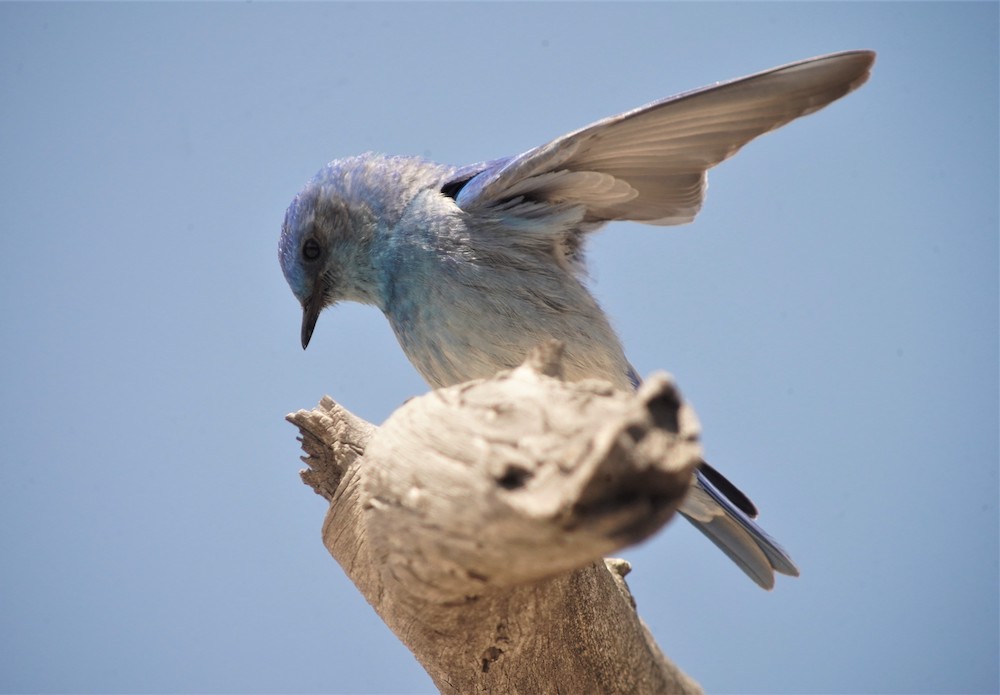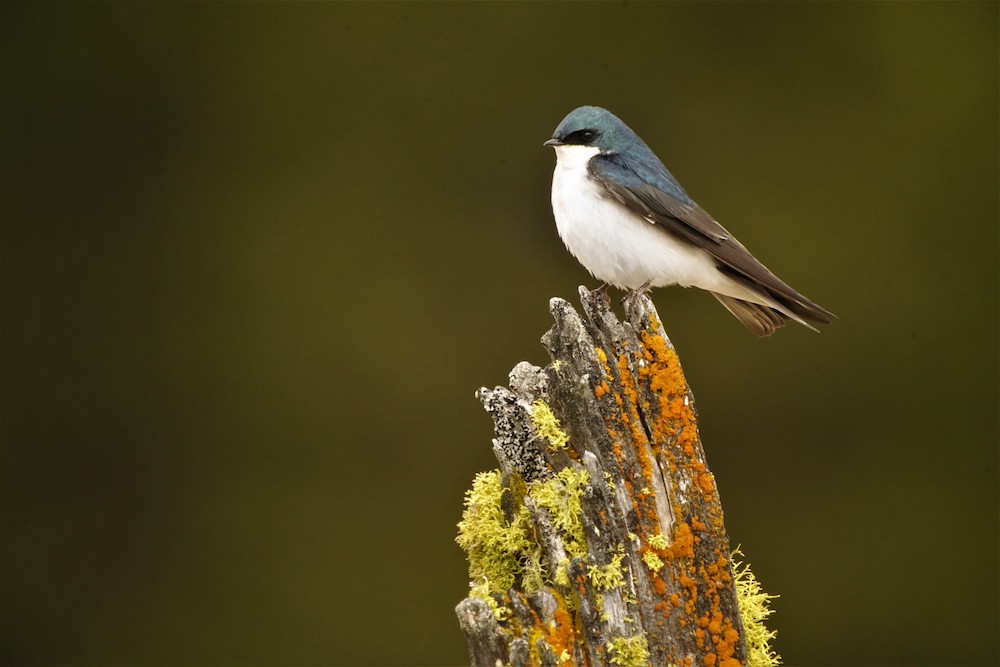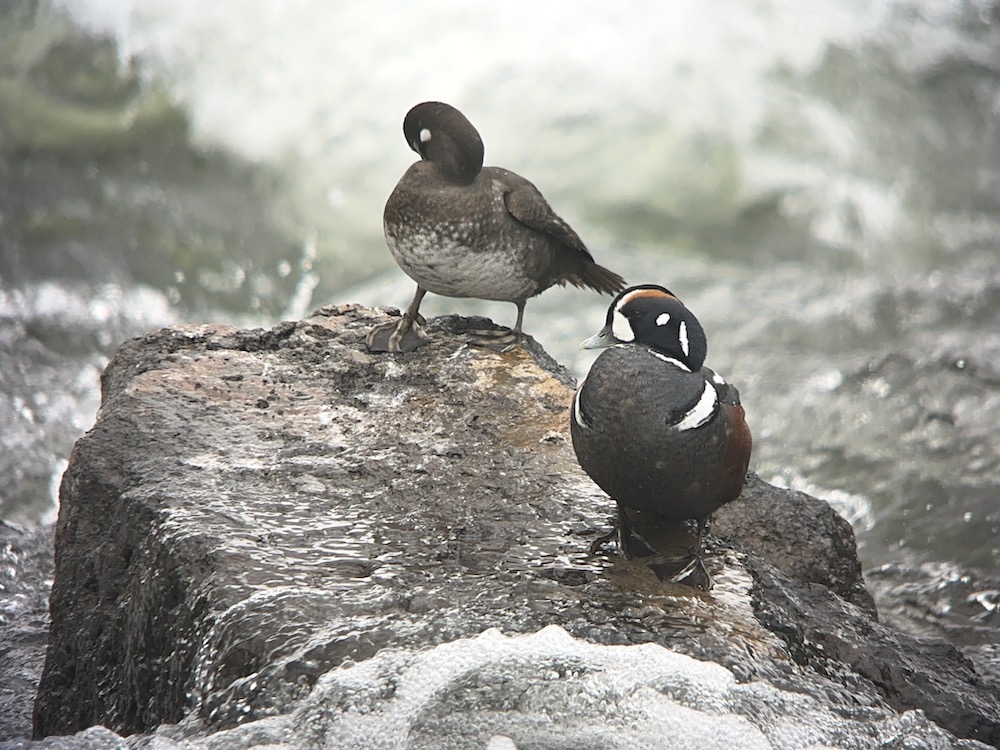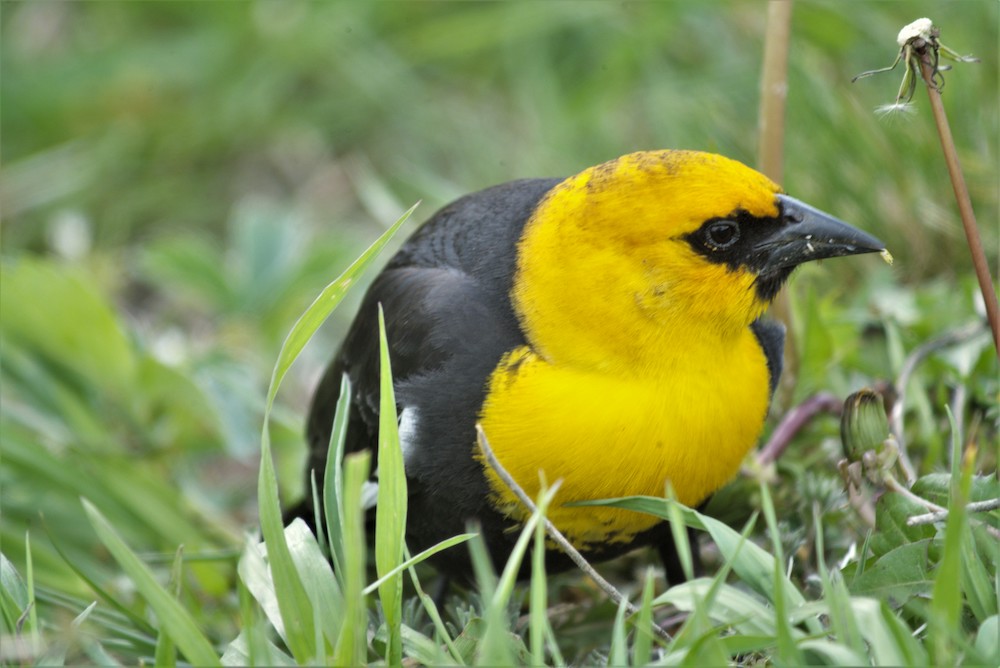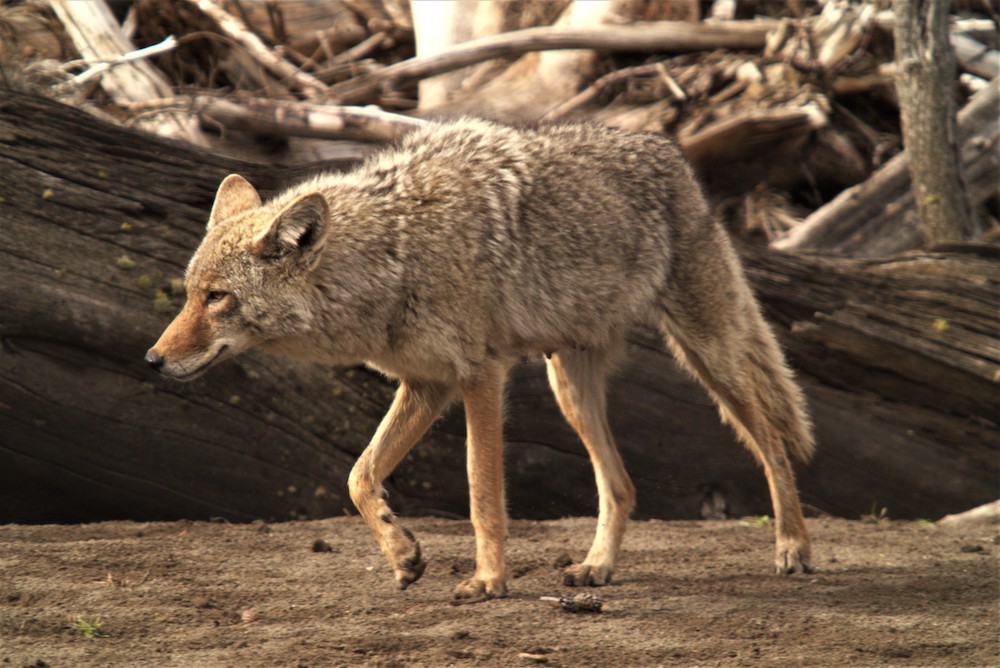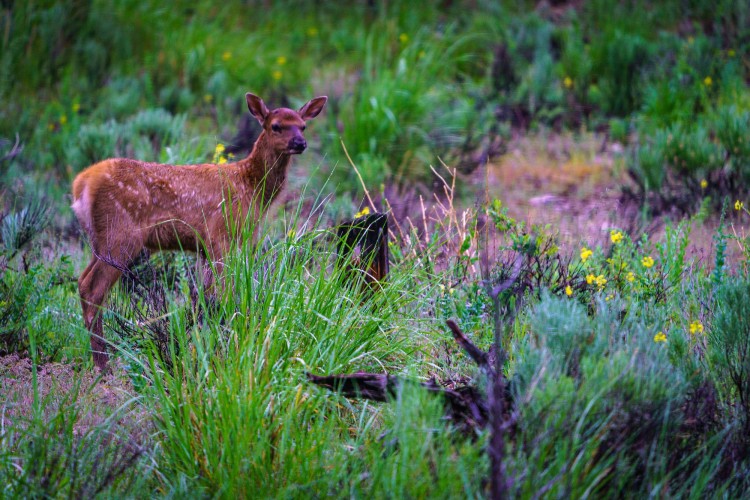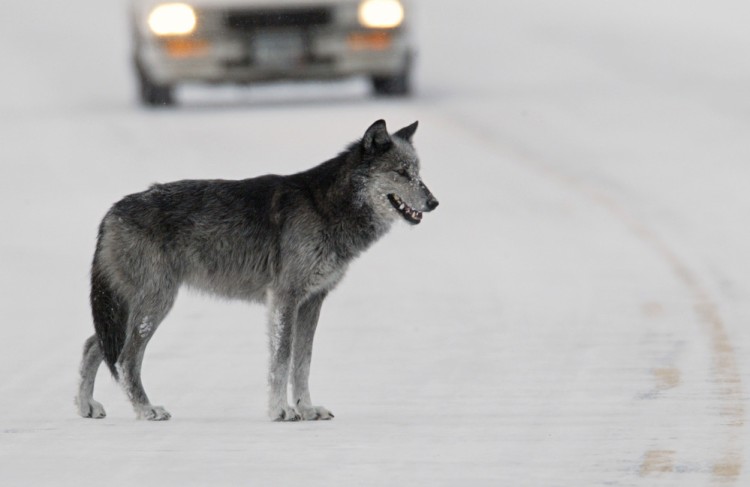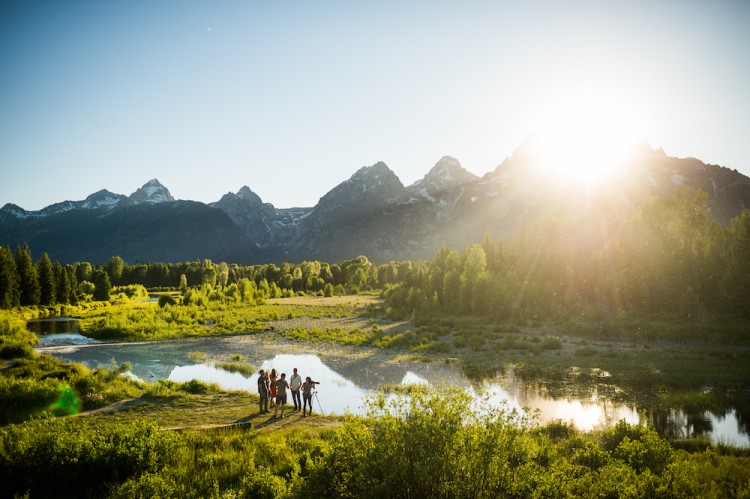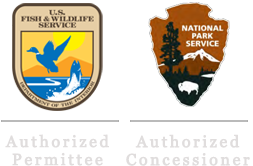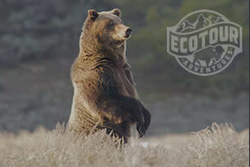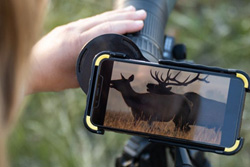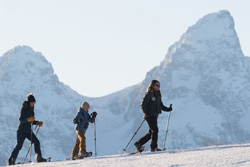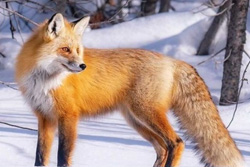Trip Report: 6-Day Digiscoping Workshop with Swarovski Optik
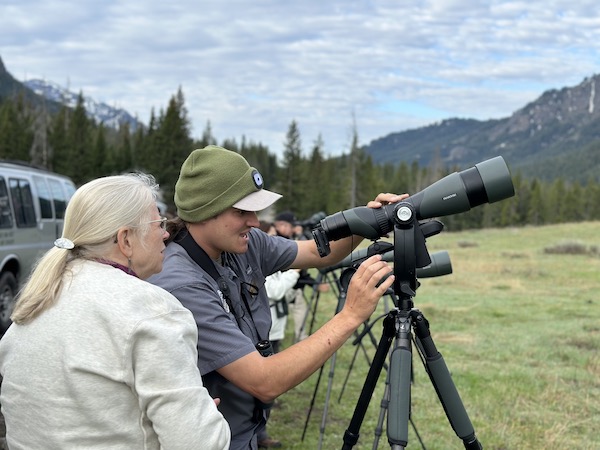
Wolves, grizzly bears, and bison–millions of people come to Yellowstone National Park every year to see these magnificent animals. Getting a close look, however, requires the assistance of a pair of binoculars, a telephoto lens, or better yet, a spotting scope. While telephoto lenses can magnify their subjects up to 32x, spotting scopes almost double this distance, reaching up to 60x. They are also smaller, lighter, and less expensive than large telephoto lenses and their accompanying cameras. Due to improvements in image quality of both spotting scopes and smartphone cameras, as well as the design of special smartphone cases that attach to the eyepiece of a spotting scope, wildlife watchers can now capture high-quality images and videos through spotting scopes that rival those captured by a telephoto lens. This exciting form of photography is called digiscoping.
Jackson Hole EcoTour Adventures (ETA) is proud to be the first field partner of Swarovski Optik, providing the highest quality optics for use on tour, ensuring guests get the best and crispest views possible of wildlife. ETA founder Taylor Phillips wanted to take it a step further and offer a six-day digiscoping workshop. Given my extensive digiscoping experience and my relationship with Swarovski Optik, I was eager to participate and offer digiscoping instruction.
The workshop took place in late May of this year. Seven guests were joined by three ETA guides—all experts in the field of natural sciences—and me. Each guest brought a different camera setup and smartphone, so we took the time to practice assembling the different systems and taking scope photos. Some clients also had traditional telephoto lenses with them, giving us a chance to compare the strengths and weaknesses of all photography systems.
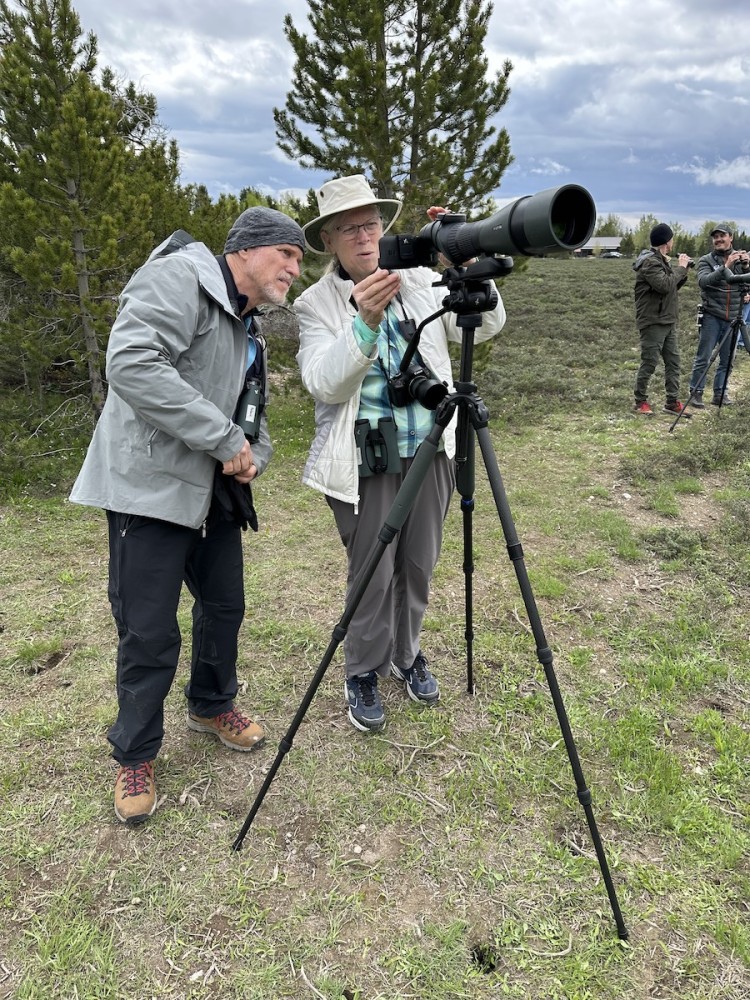
Practicing digiscoping using a smartphone.
The SLR photography was very straightforward—the Swarovski Optik TLS APO allows the camera to attach directly to the spotting scope eyepiece, giving the user a telephoto equivalent of 1300-3000mm. The smartphone setups used either the Swarovski Optik Variable Phone Adapter or the Ollin phone adapter, and it took a little time to get the setups assembled and the shooting procedures figured out. Once everyone had the hang of their chosen equipment, we were ready to head out in search of the incredible wildlife of the Greater Yellowstone Ecosystem.
Crucial to this trip were the early morning starts and the later evenings, both times when wildlife is the most active, ensuring we had plenty of opportunities to practice our digiscoping skills. Away from these important wildlife-watching times, we spent the days taking in the gorgeous mountainous topography of Grand Teton National Park and exploring the thermal basins and impressive valleys of Yellowstone National Park, practicing our landscape photography and learning about the history, geology, and ecology of both parks.
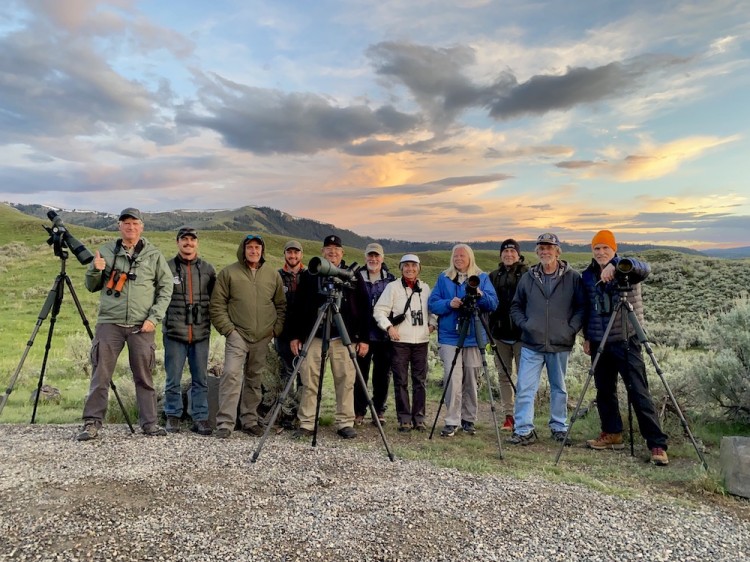
Group photo!
One of the most memorable moments of the trip came on the evening of the first day, in Grand Teton National Park. We noticed a distant elk carcass on an island in the middle of Pacific Creek. Suddenly, a female grizzly bear with two cubs came up the far side of the river, probably 250 yards away. We managed to record some excellent footage of the trio attempting to reach the carcass before they eventually turned around and retreated into the woods.
We practiced our digiscoping skills with moose, bison, and elk—all of which were closer to the road and gave us a chance to try close-up photography/digiscoping—pronghorn antelope, mountain goats, bighorn sheep, and some far-off grizzly bears and wolves. It is a testament to the image quality of Swarovski Optik spotting scopes that we were able to digiscope some incredible images of animals that were more than a mile away! I walked guests through aspects of smartphone photography including focus lock and exposure adjustments, allowing them to capture beautiful images regardless of the lighting conditions. While it might seem that digiscoping photography is pretty much point-and-shoot once the spotting scope is setup, there are certain tricks to optimizing the shooting experience. Guests were eager to learn these skills and receive feedback on their photography. In future workshops, we will be hosting a photo critique and feedback session at the end of the six-day excursion.
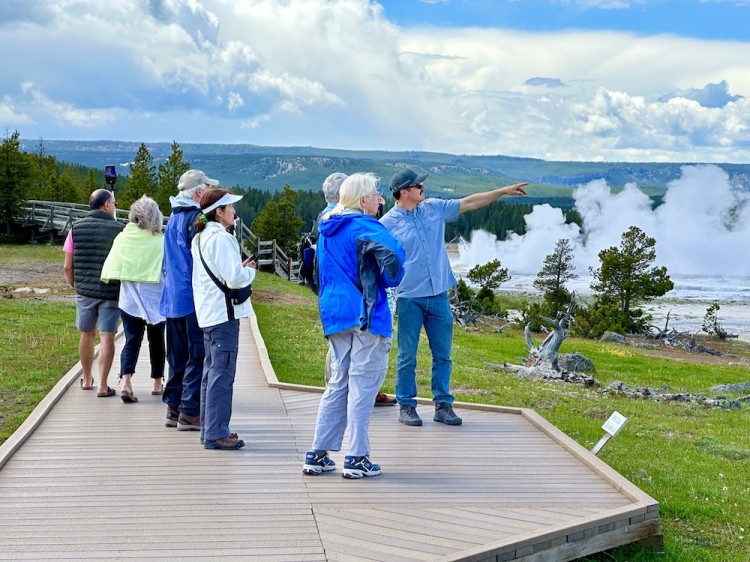
ETA Naturalist Kirk Ryder offers lessons on geology along the Fountain Paint Pots boardwalk.
Between the incredible scenery, the amazing wildlife sightings, and the expert instruction from the team, this was truly the trip of a lifetime. ETA did an excellent job hashing out the logistics and making the trip run smoothly so that all guests had to do was show up, photography equipment at the ready, and keep their eyes peeled for elusive wildlife.
I am looking forward to the next digiscoping workshop in October 2023!
See the slideshow below for examples of the sorts of images one can get through digiscoping!


